
Maya Brown is a sophomore journalism major who lives in Freeport, NY.
While the growing population of minorities on Long Island has increased more than 10% in the last two decades, the amount of inclusion and equity has not.
A 2015 report by ERASE Racism found that Long Island continues to be one of the most racially segregated regions in the country. According to the 2000 and 2010 census data, it was ranked the 10th most segregated metropolitan region. Since I grew up in the town of Freeport on Long Island, these statistics were of no surprise to me.
On Nov. 17, Newsday released a 3-year investigation that uncovered widespread evidence of unequal treatment by real estate agents on Long Island. The investigation conducted a paired-testing initiative across the region, in consultation with the Fair Housing Justice Center, to measure how real estate agents treated minority clients compared to white clients.
Institutional racism is a fundamental cause of racial disparities in healthcare, education and the criminal justice system. This issue also creates unequal access to resources such as transportation and quality supermarkets.
The report found “evidence of widespread separate and unequal treatment of minority potential homebuyers and minority communities on Long Island.” Black testers experienced unequal treatment 49% of the time, compared with 39% for Hispanics and 19% for Asian testers. Throughout the video and the 36-page report Newsday produced, the town of Freeport was mentioned various times.
I always knew Freeport was a predominantly Hispanic and Black community, as it is a town that is 42.9% Hispanic or Latino and 29.6% Black or African American alone.
As a child, driving through the surrounding communities, I always wondered why they had a drastically different racial makeup than mine. I realized that the adjacent town of Merrick has a White population of 88%, while Freeport has a White population of 24%. How is it that two towns right next to each other could have such a different racial population?
Being a resident of Nassau County, I learned to recognize the line that separates Hempstead from Garden City, and the drastic change in the types of houses you see. In Hempstead, the median household income is $58,476 per year, while in Garden City, it’s $161,163.
When I came to Stony Brook, I could tell how different Nassau and Suffolk County were through the struggle I had finding a Dominican salon or a little bodega to get Spanish food. While Stony Brook University is a very diverse campus, communities around it like East Setauket and Port Jefferson simply aren’t due to this pattern of racial segregation across the region.
Housing discrimination has a huge impact on a person’s life because where a person lives determines the daily necessities they will receive, such as education, transportation and many other aspects.
In 2016, the owner and management company of a Commack apartment complex was found discouraging African Americans from renting apartments by misrepresenting the availability of apartments. The lawsuit ERASE Racism, Inc., et al. v. Empire Management America, Corp., et al. followed.
After the settlement resolving the case, Elaine Gross, ERASE Racism President said, “ERASE Racism is pleased to have obtained a positive outcome and hopes that this settlement will provide African Americans, who constitute approximately 1% of Smithtown’s population, access to Smithtown, a town whose population is over 95% white, and its good public schools.”
School segregation is another effect of this problem. Even though legally recognized racially segregated schools are a thing of the past, the segregation has still endured and is a current reality.
For example, from what I have seen, two schools — one in Hempstead and one in Garden City that are just one mile apart — are very segregated. From 2017 to 2018, Jackson Main Elementary School in Hempstead had a population of 68% Hispanic, 28% Black and 2% White. Locust Elementary School in Garden City had a population of 8% Hispanic, 1% Black and 81% White, according to data from the New York State Education Department (NYSED).
The children in these schools are now isolated from various opportunities they may receive from multiple environments and are not given the chance to even have racial diversity within their school.
While I attended Freeport High School, I got used to always being stared at when my choir or my dance team would go to events and competitions with other schools from the Suffolk County area. I got used to being the only group with color on our skin. I hardly saw people who looked like me. Despite the constant stares, I knew my school district was one of the best ones out there even though it’s advertised as otherwise
In the Newsday investigation, a real estate agent said to a white home buyer, “So a lot of people will say to me, ‘Oh, I don’t care. I’ll take Freeport and all the houses are cheap there. I don’t care about the school district. I don’t have any children.’ I say, ‘But you have to protect your investment.’” The real estate agent, in my opinion, is justifying the assumption that Freeport has a bad school district
While reading what the real estate agent said, I couldn’t help but shed a tear. Freeport High School has won numerous awards and my graduating class was one of the most competitive I have seen. According to NYSED, the graduation rate was 75% in 2018. I take pride in Freeport High School because it made me who I am today. It is frustrating to hear someone say this to a potential buyer.
The fact that real estate agents are causing segregation by separating and providing unequal treatment for minority potential buyers on Long Island is disheartening and disappointing.
Dating back to the 1950s, the truth of the matter is that Long Island was built on structural racism. In Levittown of Nassau County, there were discriminatory policies that intended to keep blacks out of the town. The history has shaped Long Island and drives the continuing divide between races.
Whenever a problem is brought up, the ethical thing to do is to find a solution and this issue needs to be addressed by government, real estate and civic leaders. The time has come for tangible action, otherwise kids on Long Island will continue to see segregation.



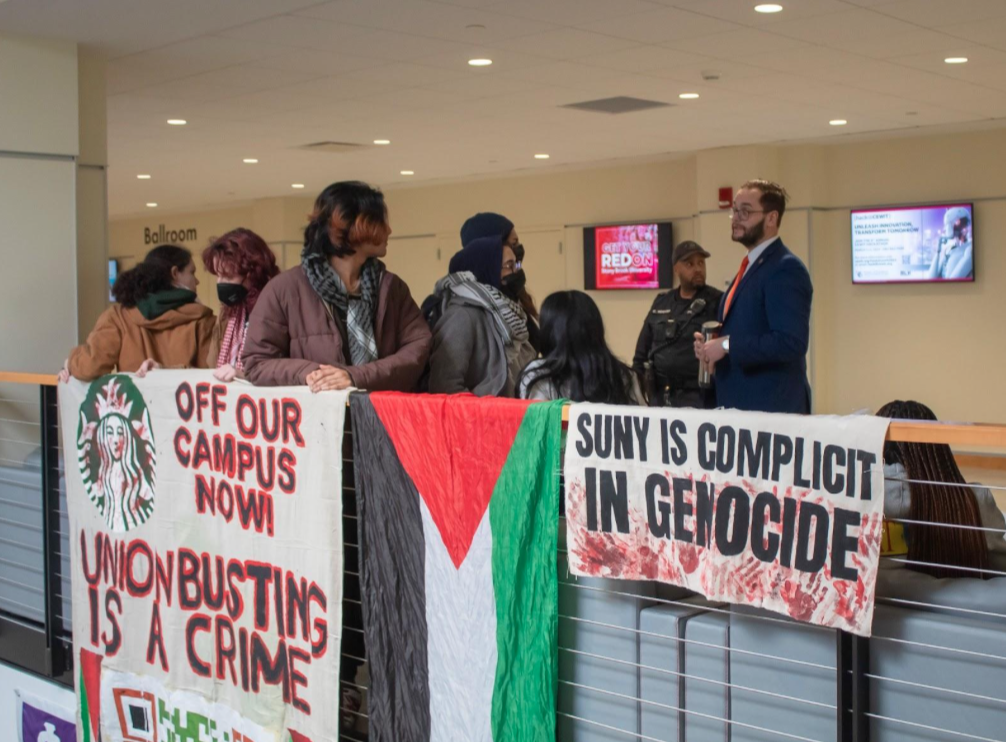

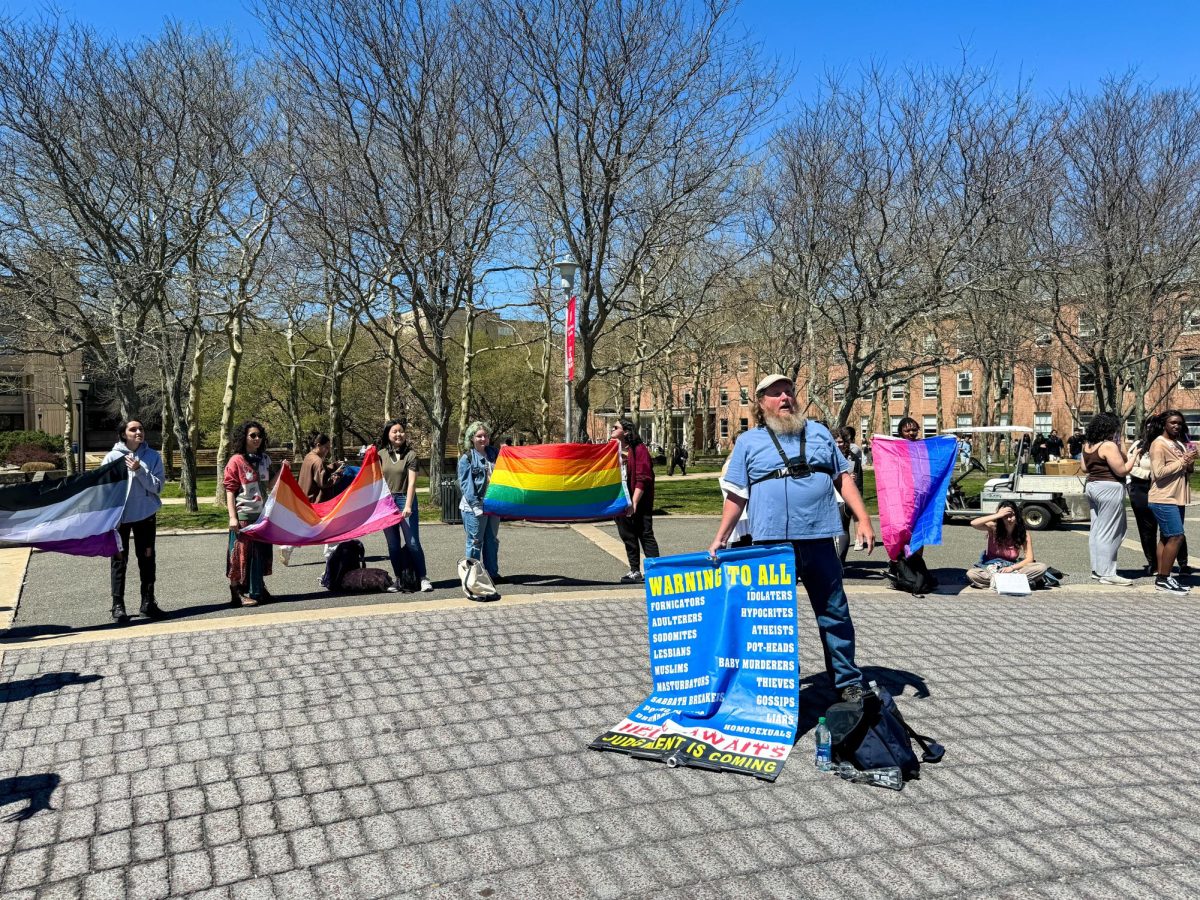
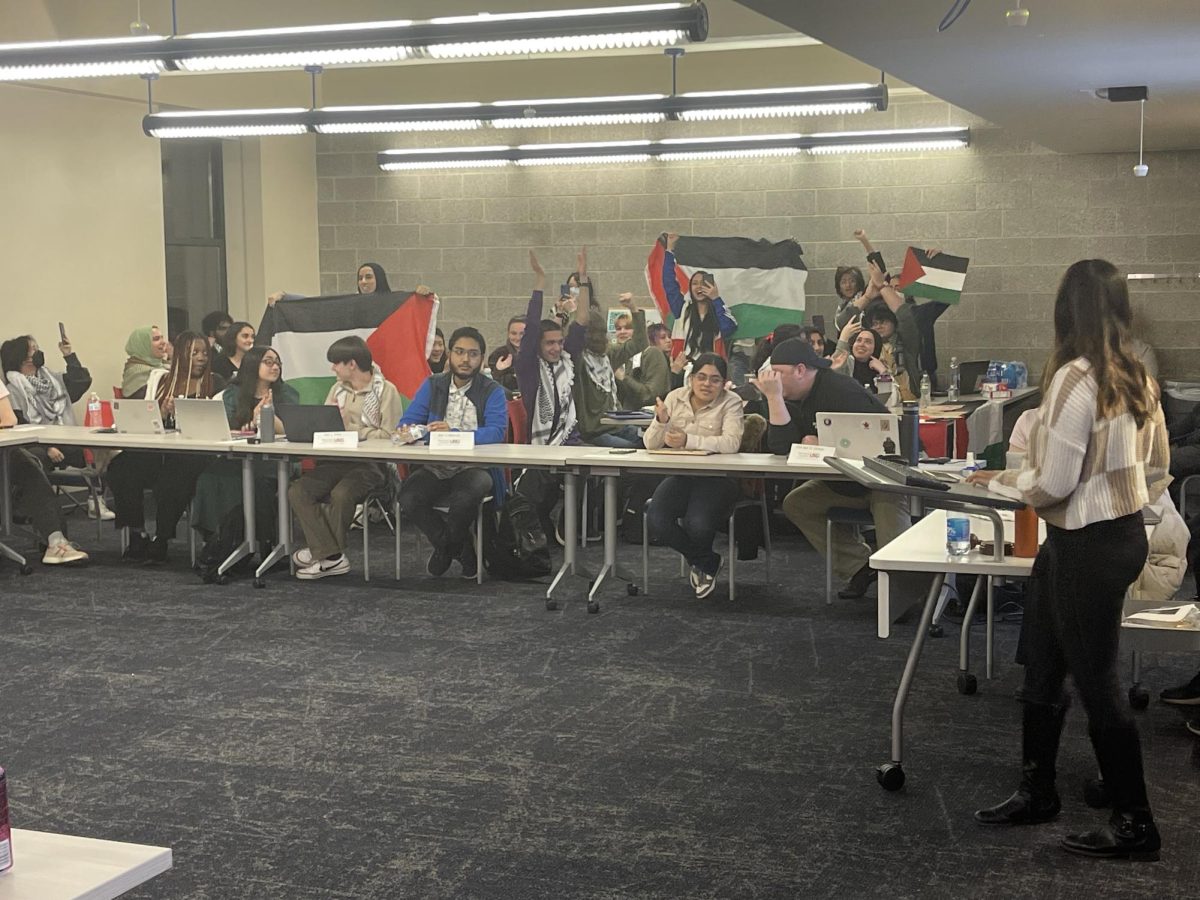



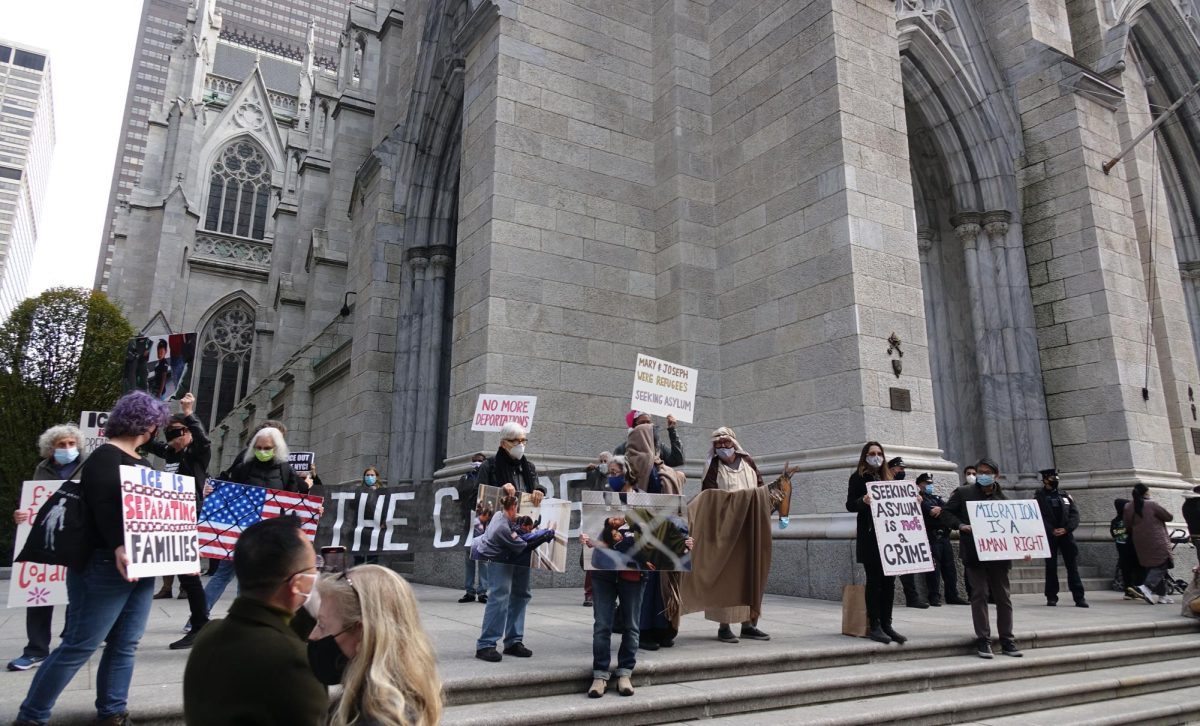
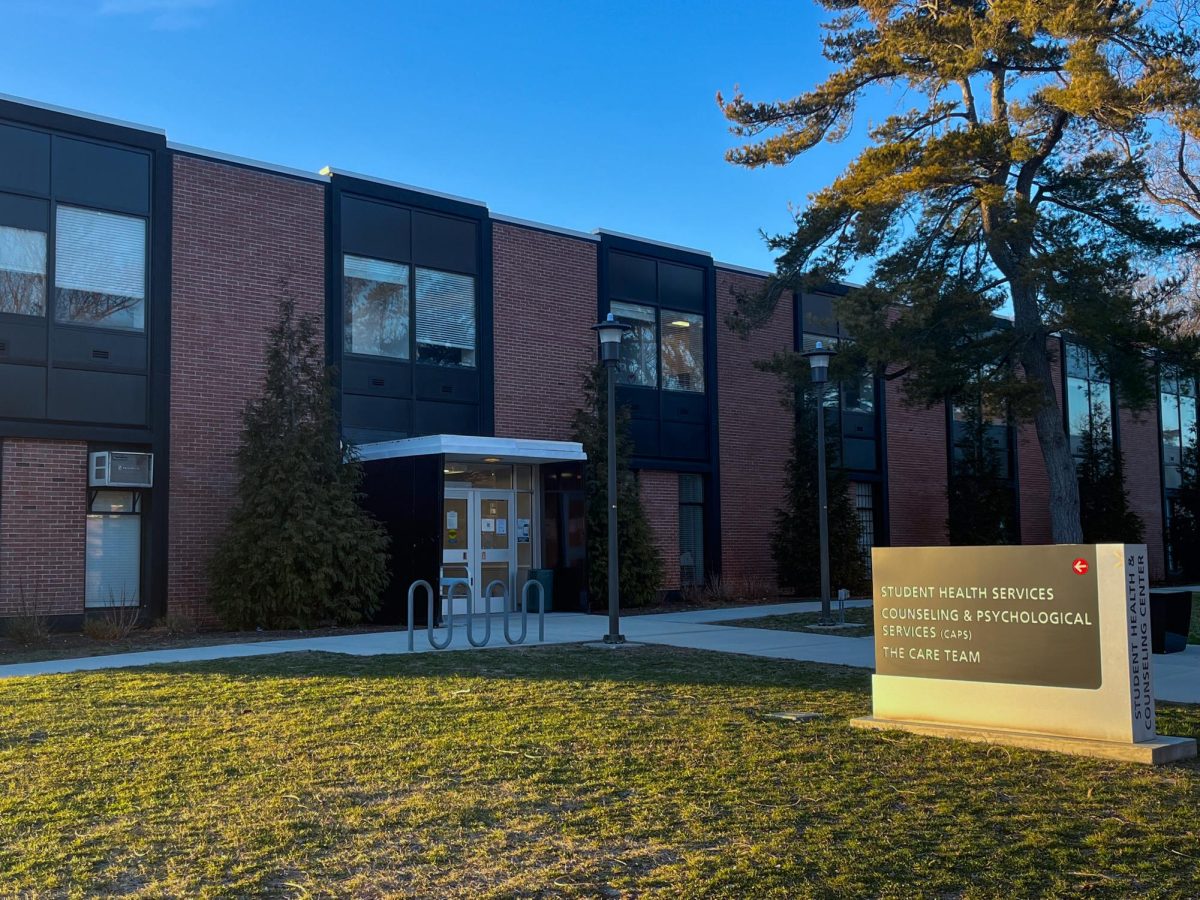

Trish Rivers • Aug 30, 2021 at 10:28 am
Very eye opening